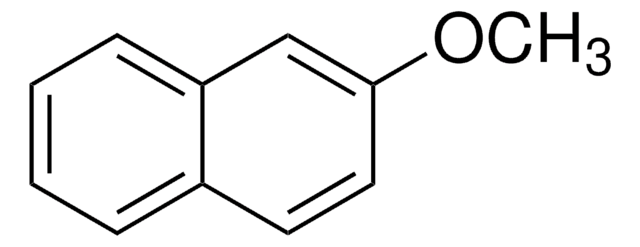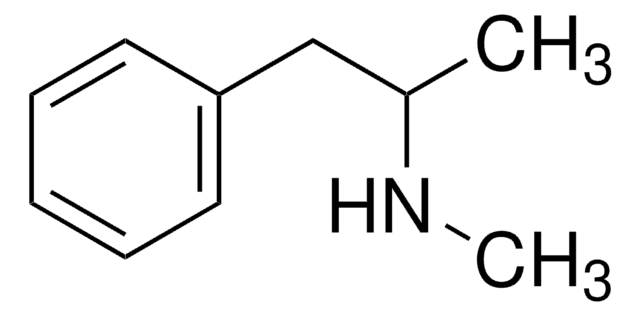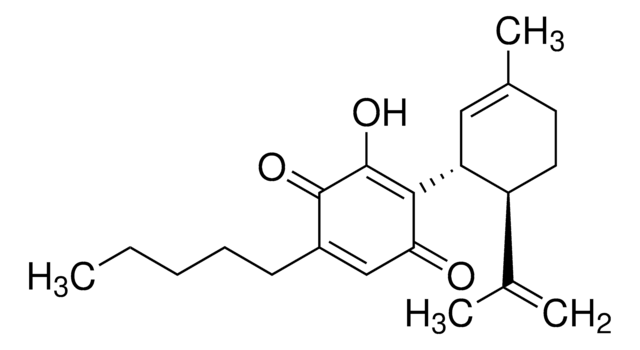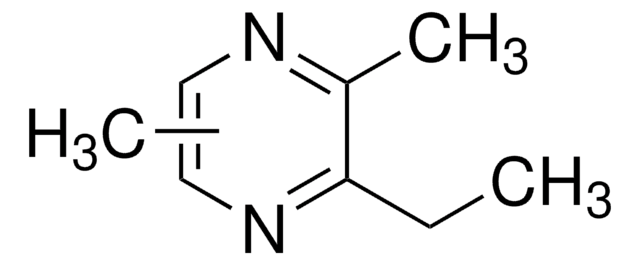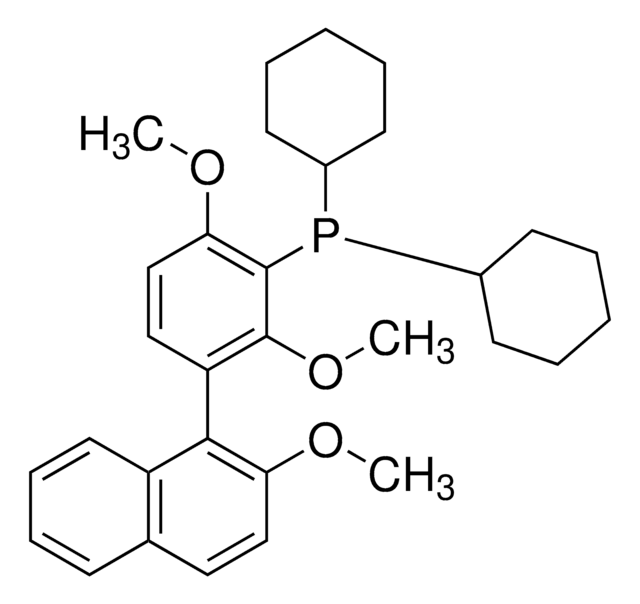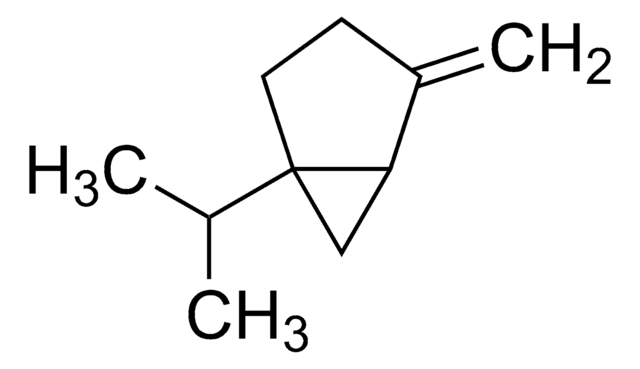W525308
Nerolin Yara Yara
≥99%
Synonym(s):
2-Methoxynaphthalene, Methyl 2-naphthyl ether
About This Item
Recommended Products
biological source
synthetic
Assay
≥99%
form
flakes
powder
origin
China origin
bp
274 °C (lit.)
mp
70-73 °C (lit.)
density
1.064 g/mL at 25 °C (lit.)
application(s)
flavors and fragrances
Documentation
see Safety & Documentation for available documents
food allergen
no known allergens
Organoleptic
floral; strawberry; sweet
SMILES string
COc1ccc2ccccc2c1
InChI
1S/C11H10O/c1-12-11-7-6-9-4-2-3-5-10(9)8-11/h2-8H,1H3
InChI key
LUZDYPLAQQGJEA-UHFFFAOYSA-N
Gene Information
human ... CYP1A2(1544)
Looking for similar products? Visit Product Comparison Guide
Signal Word
Warning
Hazard Statements
Precautionary Statements
Hazard Classifications
Aquatic Chronic 2 - Eye Irrit. 2
Storage Class Code
11 - Combustible Solids
WGK
WGK 2
Flash Point(F)
Not applicable
Flash Point(C)
Not applicable
Personal Protective Equipment
Regulatory Information
Choose from one of the most recent versions:
Already Own This Product?
Find documentation for the products that you have recently purchased in the Document Library.
Our team of scientists has experience in all areas of research including Life Science, Material Science, Chemical Synthesis, Chromatography, Analytical and many others.
Contact Technical Service